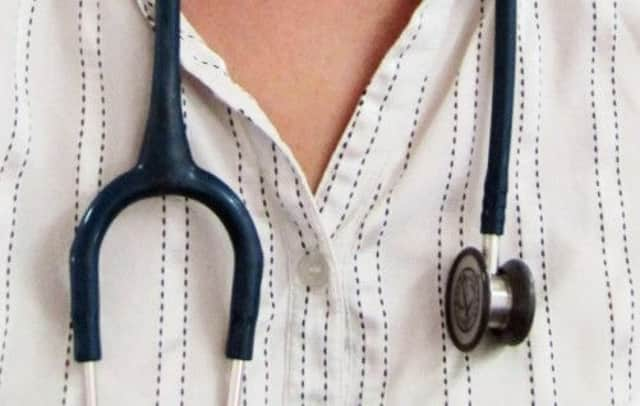Review into rate of deaths at Western Infirmary ICU


The Audit of Critical Care in Scotland report found that mortality rates at the unit in the Western Infirmary in Glasgow may be “statistically different” compared with results from the rest of the country.
Yesterday’s report also flagged up continuing concerns about a shortage of NHS beds and staff across Scotland, meaning patients have to be moved from critical care too early or during the night, putting their recovery at risk. The report follows growing fears about capacity in Scotland’s hospitals as patient demand grows, driven by an ageing population, while bed numbers have fallen.
Advertisement
Hide AdAdvertisement
Hide AdThe Scottish Intensive Care Society Audit Group published data based on almost 40,000 admissions to critical care services in 2012. It found that overall mortality rates for patients in intensive care units (ICUs) and high dependency units (HDUs) were now at their lowest ever level, with 20 per cent dying while still in hospital. Though both ICUs and HDUs use much the same equipment, high dependency patients while still needing the same level of care, do not require the same level of monitoring.
But the figures showed that the Western Infirmary appeared to have a higher than expected level of mortality compared with other units. While this could be due to chance, the unit has been informed and an external review of the results is now being commissioned.
NHS Greater Glasgow and Clyde said the review would help identify issues causing the unit to have higher mortality rates. “We await this report and on receipt will ensure any recommendations are fully implemented,” a spokeswoman said.
Yesterday’s report also highlighted concerns about the pressure on hospital beds affecting critical care patients.
The percentage of patients discharged from intensive care at night, which is linked to worse outcomes, dropped from 13 per cent in 2011 to 11 per cent in 2012, while in high dependency units it stayed at 15 per cent. But Edinburgh Royal Infirmary’s intensive care unit had a significantly higher rate of out-of-hours discharges – about 20 per cent.
Delayed discharges, where a patient has to wait more than six hours to move beds, was also cited as a continuing problem linked to difficulties finding space on wards for patients. This can increase the rate of out-of-hours discharges. “The main reason for discharges being delayed was a shortage of available ward or HDU beds,” the report said.
The highest rate of delayed discharges from an ICU was found in Forth Valley Royal Hospital, at 46.5 per cent, with 10 per cent of these out of hours. The highest rate of delayed discharge in an HDU was at Edinburgh Royal Infirmary, at 53.8 per cent.
Early discharges were also flagged up as a concern – defined as a transfer that is not in the best interests of a patient but necessary due to pressure on beds or staffing.
Advertisement
Hide AdAdvertisement
Hide AdNorman Provan, Royal College of Nursing Scotland associate director, said: “The report shows that many patients are still having their recovery from serious illness and injury compromised because they’re being transferred from ICU to a less acute ward at the wrong time, either during the night or before they’re deemed medically well enough,” he said.
A Scottish Government spokeswoman said: “This report shows that more patients than ever before are surviving critical illness due to quality treatment in intensive care.”